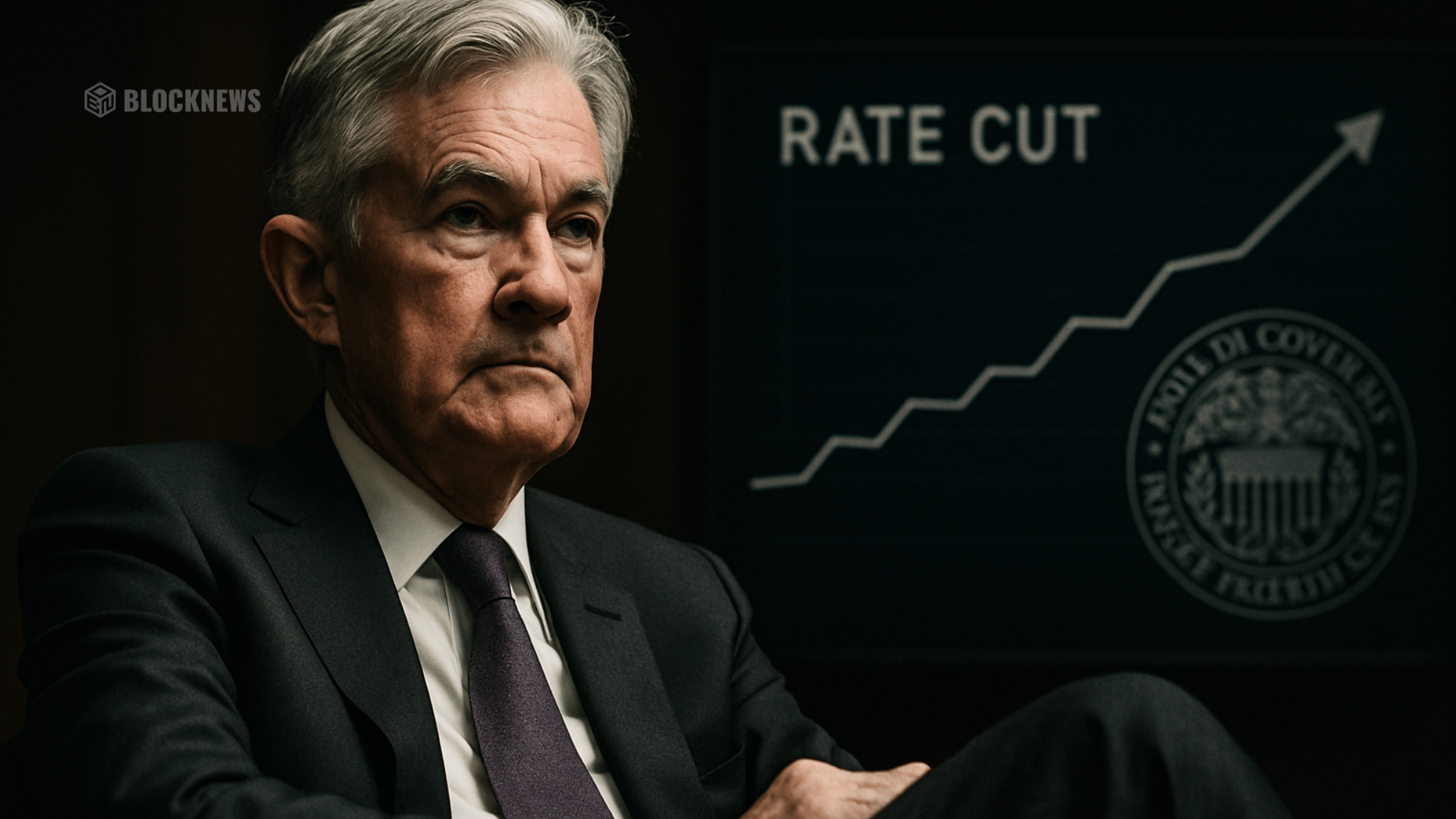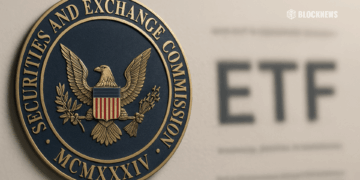- Fed leaders, including Musalem, Waller, and Bostic, pointed to growing risks in the labor market, opening the door for cuts.
- Musalem downplayed long-term inflation worries, saying tariff effects will fade within a few quarters.
- Investors now expect the first rate cut of 2025 in September, with potential for multiple cuts by year-end.
St. Louis Fed president Alberto Musalem sounded far less worried about inflation than earlier this year. Speaking at the Peterson Institute, he warned that a weak pace of hiring means layoffs could have a bigger impact on the economy. He added that tariff-driven inflation should fade over the next few quarters, reducing pressure on the Fed to keep rates high.
Waller Pushes for Immediate Action
Fed governor Chris Waller told CNBC he wants to see cuts start at the Fed’s next meeting on September 16–17. He stressed that the labor market has already cooled significantly and argued the Fed should “get ahead” before conditions worsen. Waller even suggested multiple rate cuts over the next three to six months to move closer to the neutral rate of 3%.
Bostic Supports Gradual Easing
Atlanta Fed president Raphael Bostic echoed the sentiment, saying recent signs of job market weakness justify easing policy soon. While still watching the inflation impact of tariffs, Bostic said a 25-basis-point cut this year would likely be appropriate to keep the economy balanced.
Signs of a Fragile Labor Market
Musalem also flagged concerning labor data, including payroll revisions, rising long-term unemployment, and higher jobless rates among sensitive groups. He estimated the U.S. now needs just 30,000–80,000 new jobs a month to match population growth — far less than in prior years. That means weak reports weigh more heavily on the economy than before.
What It Means for Investors
The Fed’s shift is boosting market expectations for the first rate cut of 2025 this September. While inflation risks remain, the growing focus on labor market fragility signals that monetary policy is tilting toward easing. Investors are already pricing in not just one, but possibly several cuts in the months ahead.














